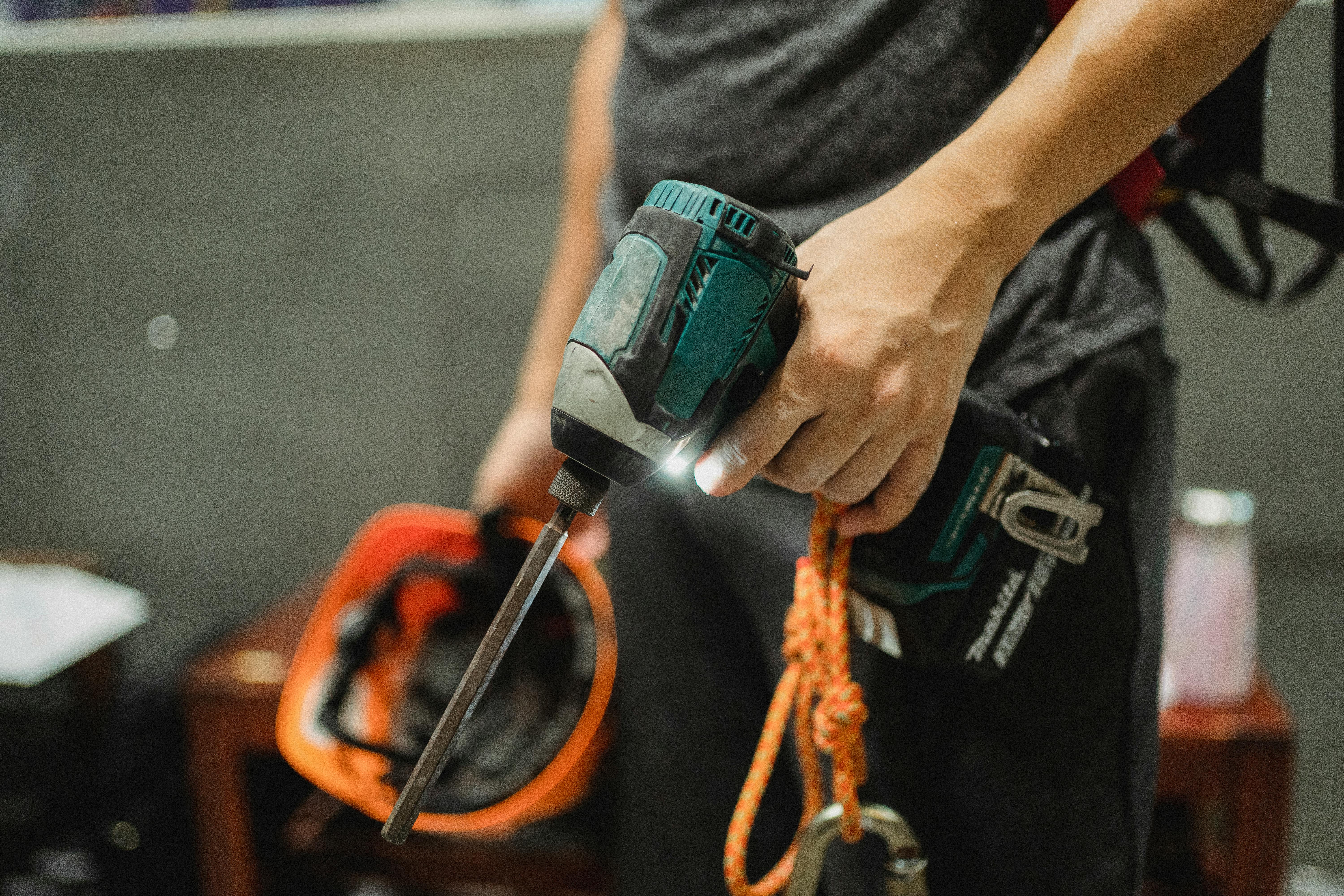
A Victorian Furniture Story
During the course of the 1800s, Britain became the most prosperous and technologically advanced nation in the world. Invention, mechanization, and industrialization brought the greatest and most far-reaching change in England and the English. The nation quickly grew in confidence of its place as a major world power. Fueled by the wealth of her industrialization and new manufacturing industries, her influence spread across the globe to the far corners of her empire. This was a new world and with it came a new order to challenge the old accepted power structures. A new middle class of wealthy industrialists whose money gave them power and influence became the Victorian wealthy, and their choices and values were to be a major influence on Victorian life. Their money, founded on the production of the new factories, bought them beautiful new houses, large and important. These large new houses borrowed the styles of the upper classes with many rooms that needed to be filled in. The rise of the middle classes meant more houses with more money to spend and a need for more furniture.
Along with the new modern Victorian world came an inevitable change in the style of the Victorian home and the history of Victorian furniture is varied. Furniture styles that reflected a fascination with the past were also a display of what was now possible in design and production. This era saw the beginning of the mass production of furniture in a manufacturing industry whose new industrial techniques could rapidly reproduce styles and designs that had hitherto been expensively carved by craftsmen.
The history of Victorian furniture is one of variety. The grace and fine lines of Regency-style furniture fell out of favor and was replaced by the sturdier, heavier furnishings of the prosperous Victorian home. Ornate decoration and glossy dark woods of mahogany and rosewood veneers and elaborate machine-turned legs. However, no one style was dominant in the Victorian home, as designers, encouraged by the rapid output of the new furniture-making industries, gave free rein to their imaginations. It was now possible to mass-produce styles from other historical periods, and reproduction of earlier styles from the Tudor, Elizabethan, and Neoclassical periods became popular. However, the style that is perhaps most reminiscent of this period is the Gothic Revival style. Large, heavy furniture of Gothic design was made from solid oak to reflect the English character. The Victorians embraced the Gothic style enthusiastically, as can be seen in the architecture and art, as well as the design of these furnishings. The history of Victorian furniture mirrors the history of the Victorian era, where a society experienced great changes but also great uncertainties. Which made them look forward with pride and confidence while still looking back to a fictional age of order, glory and chivalry.






